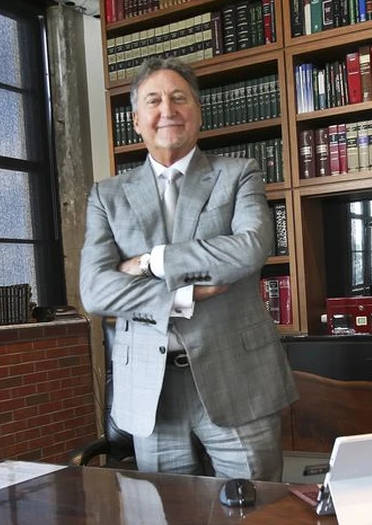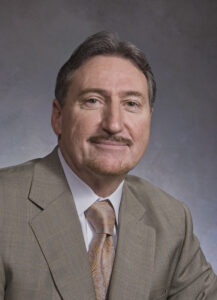 |
| Patrick Ducharme |
Prior to the commencement of the taking of evidence at a preliminary inquiry, the Justice holding the inquiry may, if application is made by the prosecutor, and shall, if application is made by the accused, make an order directing that the evidence taken at the inquiry shall not be published in any document or broadcast or transmitted in any way before such time as the accused is either discharged, or if ordered to stand trial, the trial is ended.
Continue reading “Publication Bans at Preliminary Hearings”


